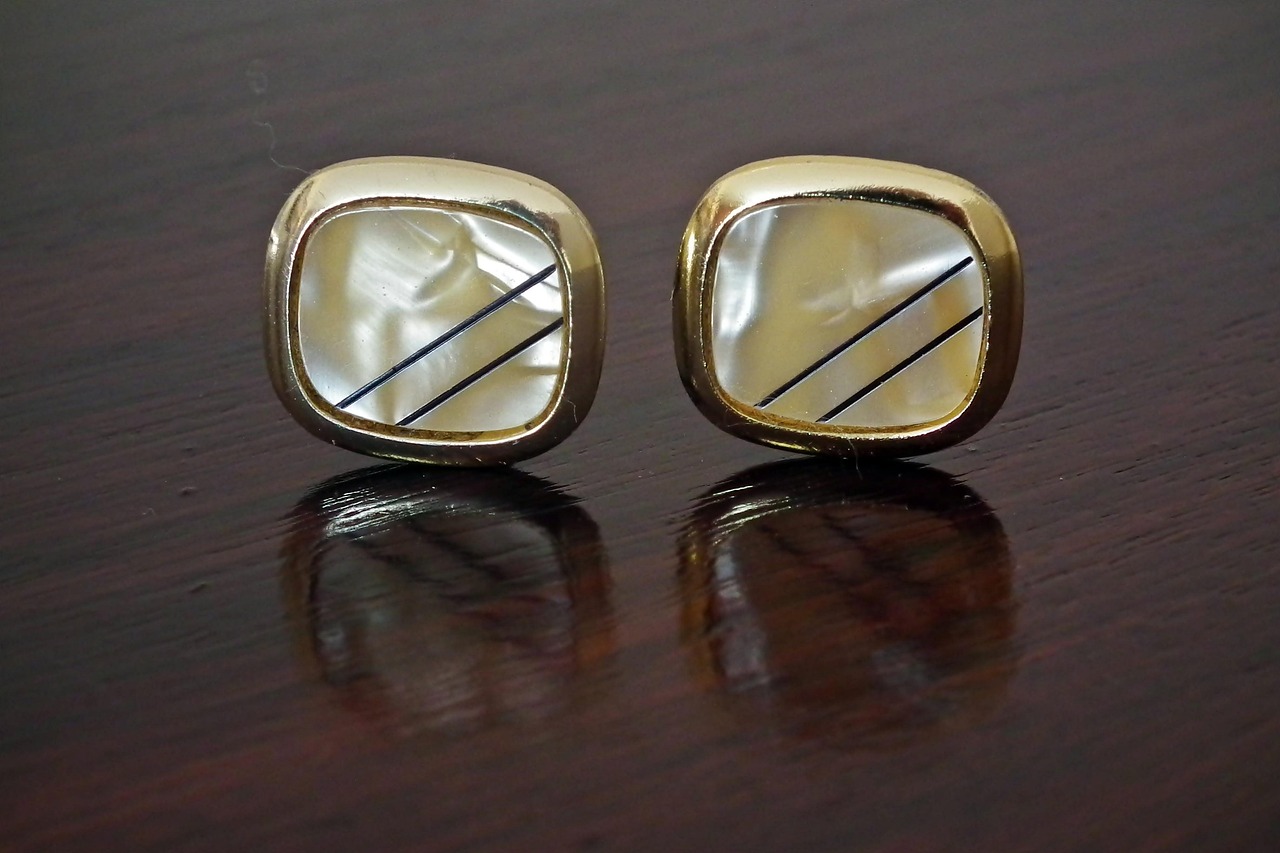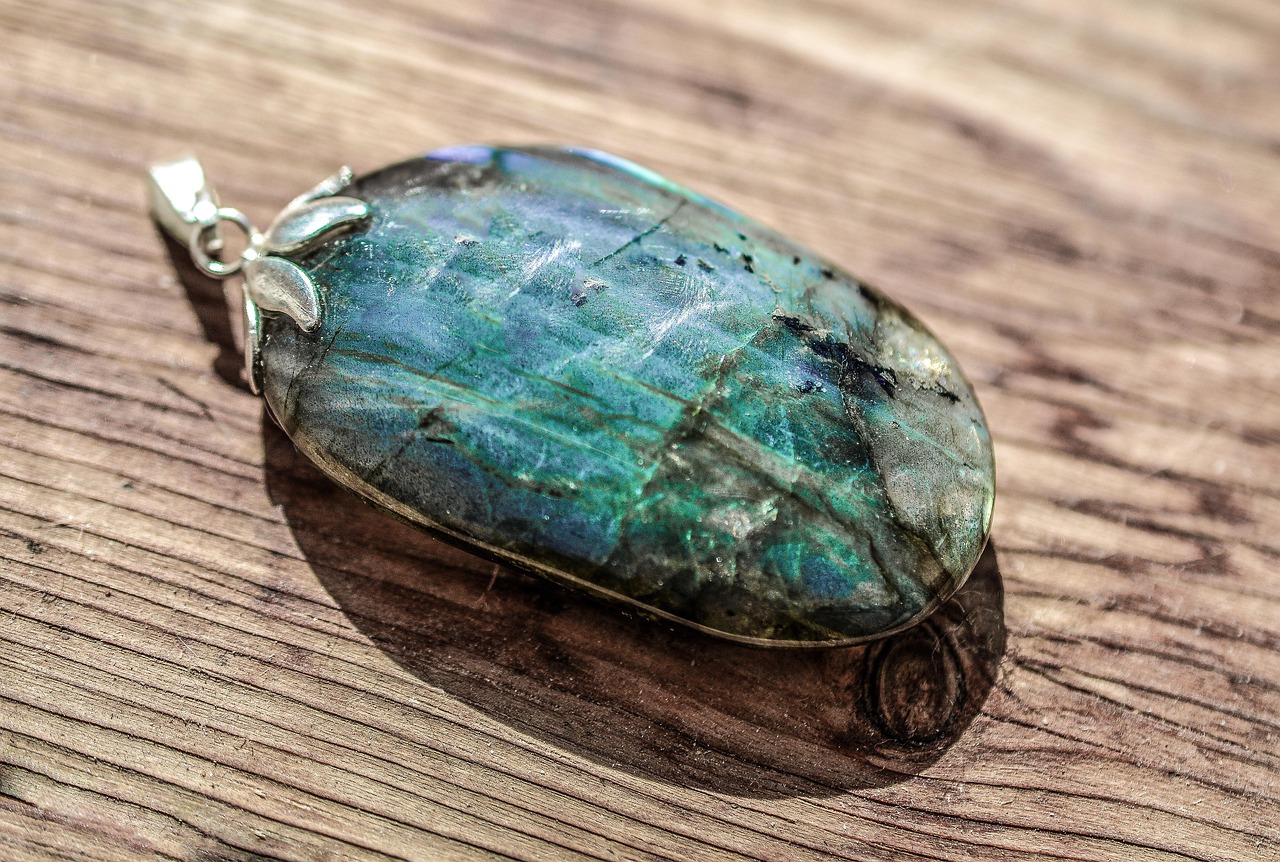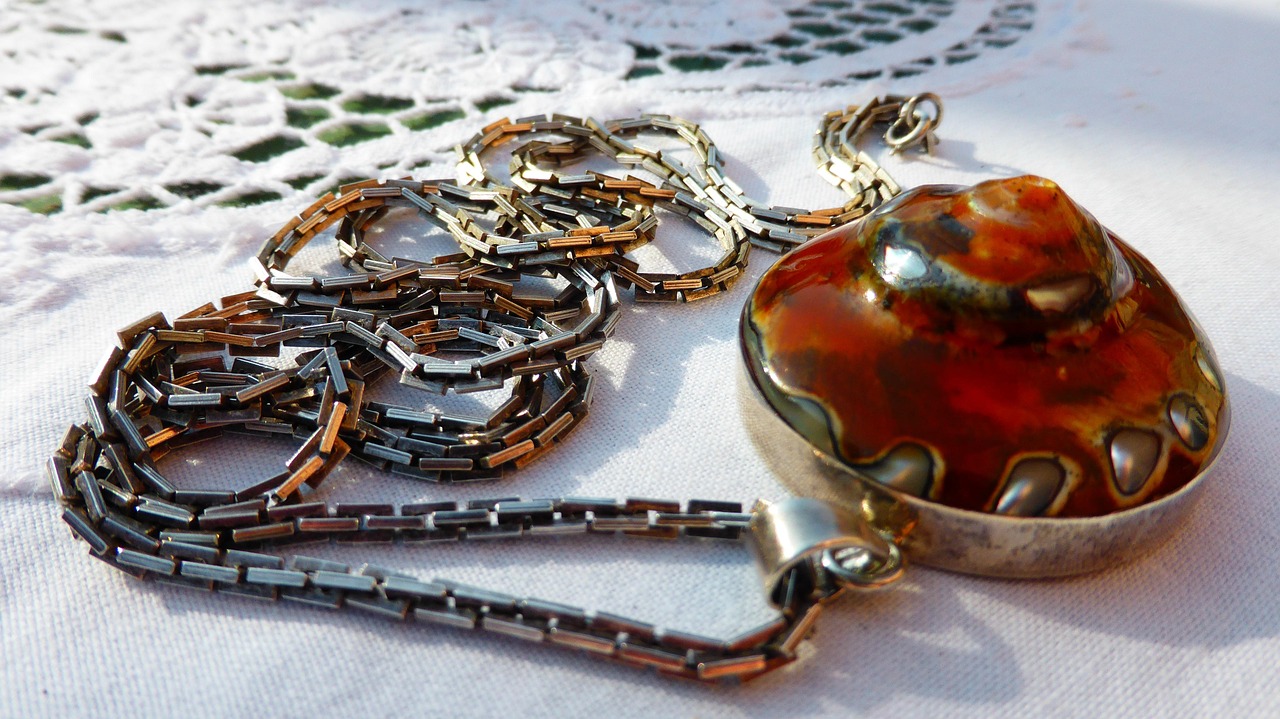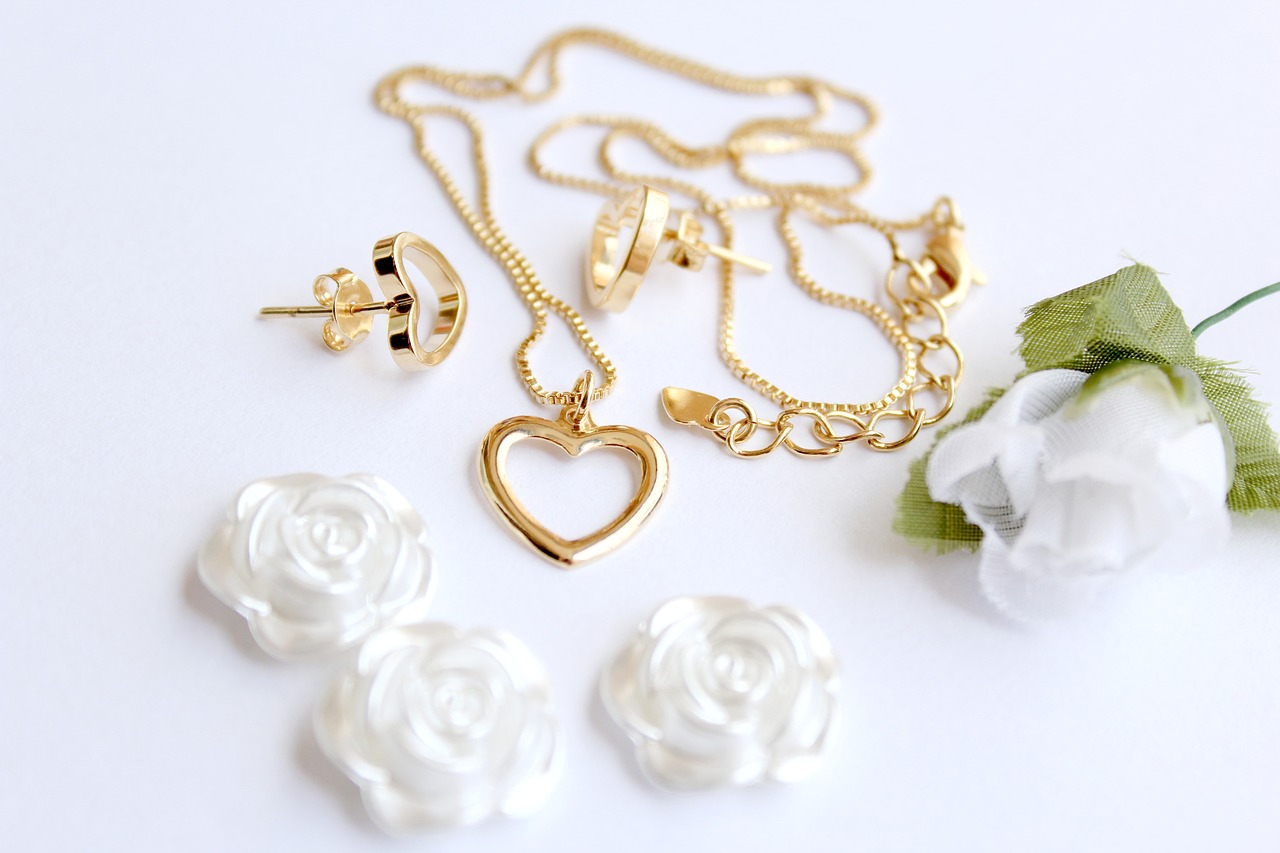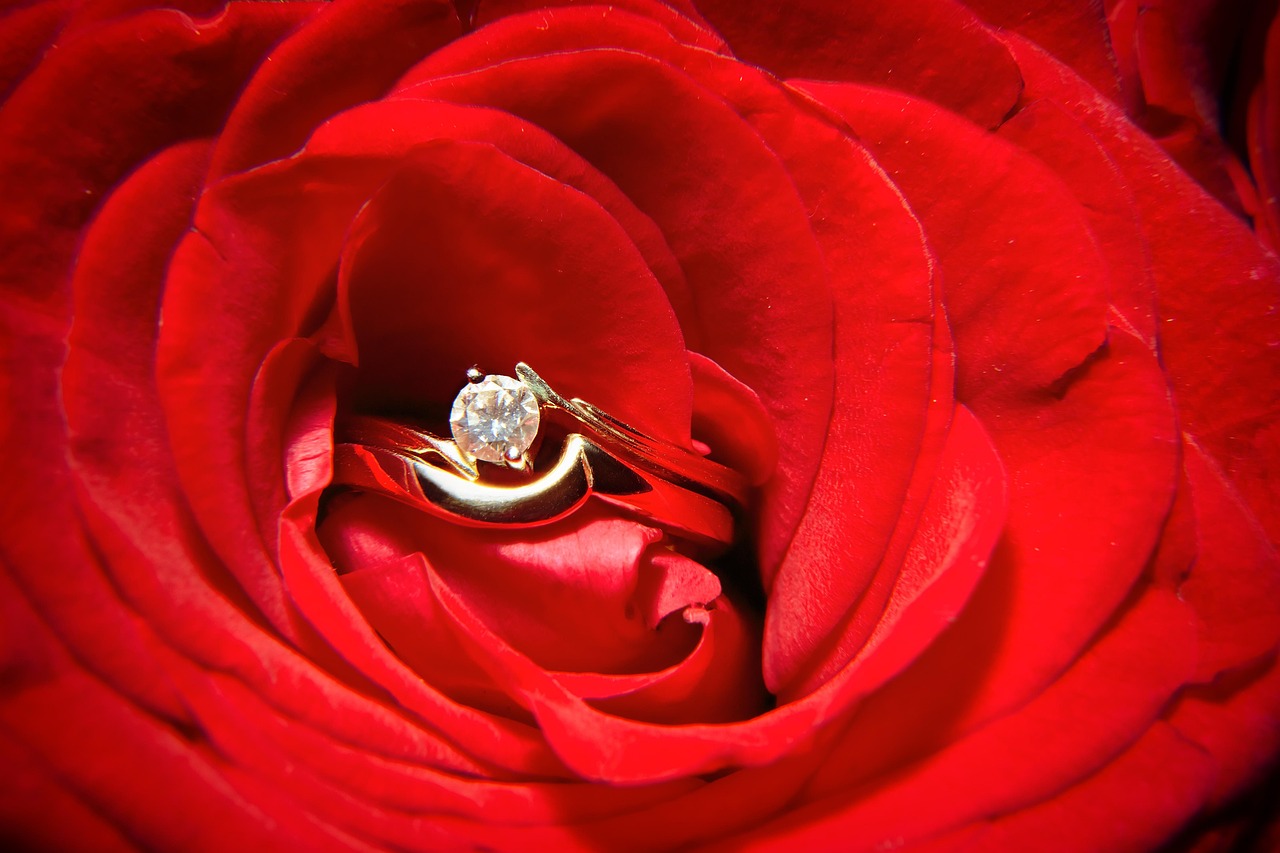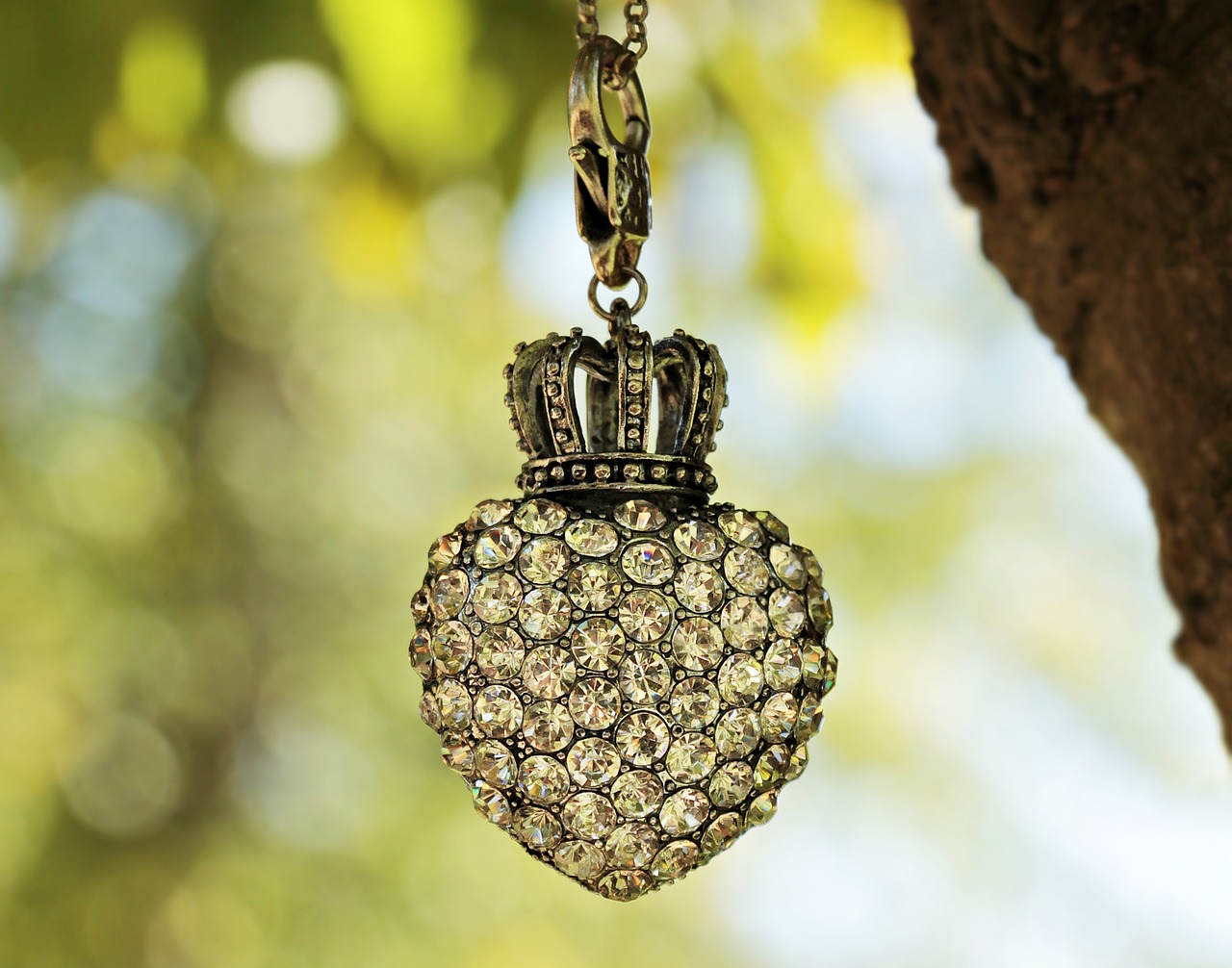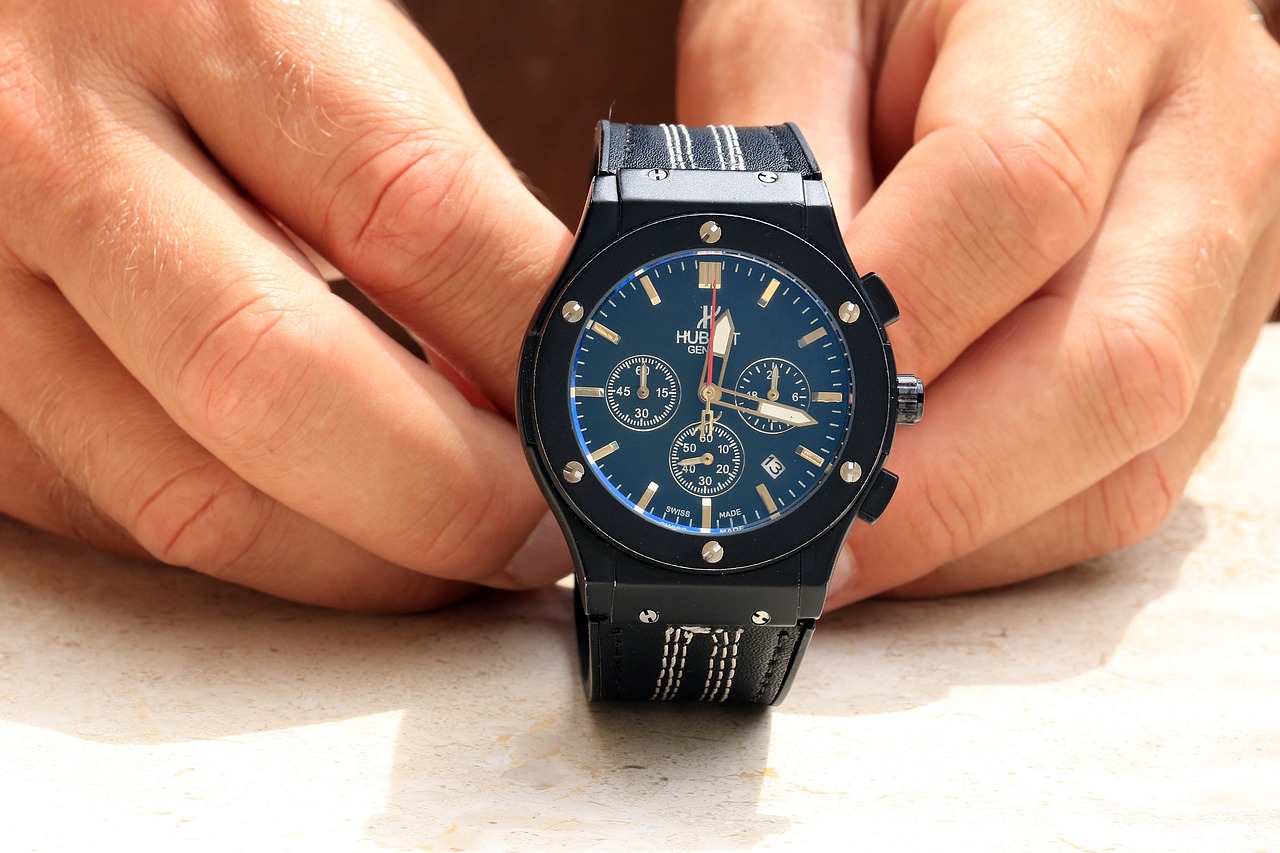The intricate relationship between inflation, economic crises, and jewelry investments is a topic of great significance for investors and consumers alike. In this article, we will delve into how these economic factors influence market trends, consumer behavior, and provide strategic insights for those interested in jewelry as an investment.
Understanding the impact of inflation on jewelry prices is essential for investors. As inflation rises, the costs of raw materials such as gold, silver, and gemstones tend to increase. This escalation in production costs often translates to higher retail prices for consumers. Consequently, investors should be aware that during periods of high inflation, the demand for jewelry may fluctuate as consumers adjust their spending habits.
Economic downturns generally lead to reduced consumer spending, particularly on luxury items like jewelry. During times of crisis, consumers often prioritize essential goods over luxury purchases. This section examines how economic uncertainty influences purchasing behavior, highlighting the shifts in the luxury market and the implications for jewelry sales.
This question is crucial for investors contemplating jewelry purchases during economic downturns. While some luxury items maintain their value, the perception of luxury can change in times of crisis. This section explores whether jewelry truly remains a safe investment during recessions and how consumer sentiment plays a role.
Analyzing historical data reveals patterns in jewelry sales during past economic recessions. By studying these trends, investors can gain insights into potential future behaviors and make informed decisions about their jewelry investments.
The psychological aspects of consumer spending during economic crises significantly affect jewelry purchases. This section explores how shifts in consumer sentiment can lead to increased or decreased demand for jewelry, impacting market dynamics.
Identifying which types of jewelry maintain their value or even appreciate during economic instability is vital for investors. This section discusses resilient categories, such as vintage pieces or high-quality gemstones, that tend to perform well despite economic challenges.
Precious metals are often viewed as a hedge against inflation. This section delves into the correlation between inflation rates and the prices of gold, silver, and platinum, providing insights into how these metals react to economic fluctuations.
Gold has historically been considered a safe-haven asset during periods of economic uncertainty. This subheading examines gold’s performance in times of high inflation and economic crisis, highlighting its enduring appeal for investors.
Expert predictions regarding the future of precious metal prices can significantly assist investors in navigating their jewelry investments effectively. This section provides insights from industry experts on expected trends and market movements.
Investors must adapt their strategies during economic downturns. This section outlines practical approaches to jewelry investments, emphasizing the importance of flexibility and market awareness in uncertain times.
Diversifying jewelry investments can mitigate risks associated with economic fluctuations and inflation. This section discusses strategies for incorporating a variety of jewelry types and styles into an investment portfolio.
Understanding the benefits of long-term versus short-term jewelry investment strategies is crucial, especially in volatile economic climates. This section compares these approaches, helping investors identify the best path forward.
Assessing the value of jewelry is essential for any investor. This section covers key factors that influence jewelry valuation in the market, including brand reputation, craftsmanship, and market demand.
Several elements affect the valuation of jewelry. This subheading discusses these factors in detail, providing insights into what makes a piece valuable in the eyes of collectors and investors.
Professional appraisals play a critical role in determining jewelry value. This section underscores the importance of obtaining accurate appraisals for buying or selling pieces in fluctuating markets, ensuring that investors make informed decisions.
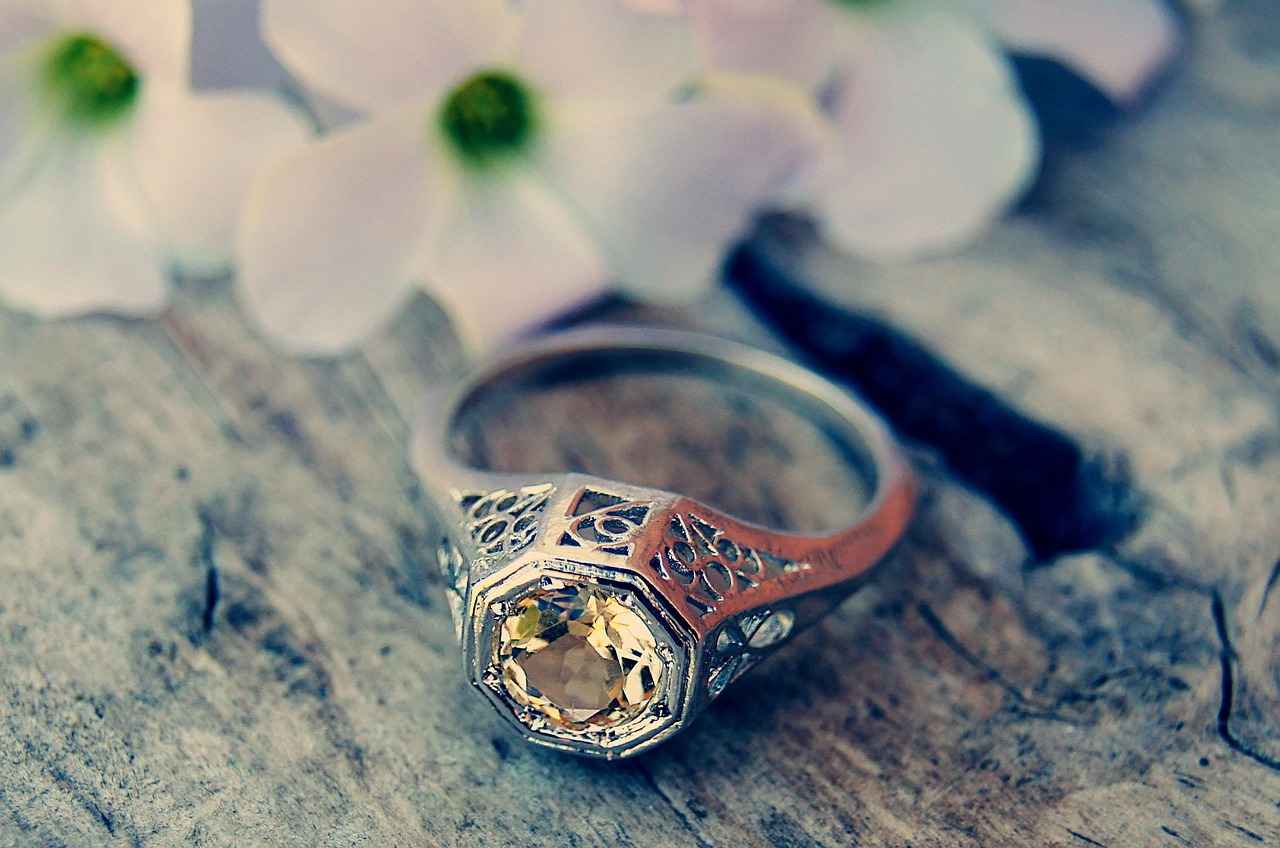
What is the Impact of Inflation on Jewelry Prices?
Understanding the relationship between inflation and jewelry prices is essential for both consumers and investors. As inflation rises, the costs associated with producing jewelry, including raw materials, labor, and transportation, tend to increase. This escalation in costs ultimately leads to higher retail prices for consumers, making it vital to grasp how these economic factors interact.
Inflation can significantly impact jewelry prices through various channels. Firstly, the prices of precious metals like gold and silver often rise during inflationary periods. As these metals become more expensive, jewelry manufacturers face increased production costs, which they typically pass on to consumers. This results in a noticeable increase in retail prices.
Moreover, the demand for jewelry can also be influenced by inflation. During times of rising prices, consumers may prioritize essential goods over luxury items, leading to fluctuations in jewelry sales. However, some consumers view jewelry as a store of value during economic uncertainty, further complicating the relationship between inflation and jewelry prices.
Another factor to consider is the global supply chain. Inflation can disrupt supply chains, leading to shortages of raw materials. When supply diminishes while demand remains steady or increases, prices are likely to rise. For example, if a particular gemstone becomes scarce due to mining challenges exacerbated by inflation, its price will surge, impacting the overall cost of jewelry that incorporates that stone.
Additionally, economic policies aimed at curbing inflation can also affect jewelry prices. Interest rate hikes, for instance, can lead to decreased consumer spending as borrowing costs rise. When consumers are less willing to spend on luxury items, the demand for jewelry may drop, which could stabilize or even lower prices in the short term.
Investors in the jewelry market must stay informed about inflation trends and their potential impacts. Understanding these dynamics can help them make better decisions regarding their investments. For example, during periods of high inflation, investing in jewelry made from precious metals may be more appealing, as these items tend to retain value over time.
In summary, the impact of inflation on jewelry prices is multifaceted, influenced by production costs, consumer behavior, and global supply chain dynamics. As inflation continues to shape economic landscapes, both consumers and investors should remain vigilant and informed to navigate the jewelry market effectively.
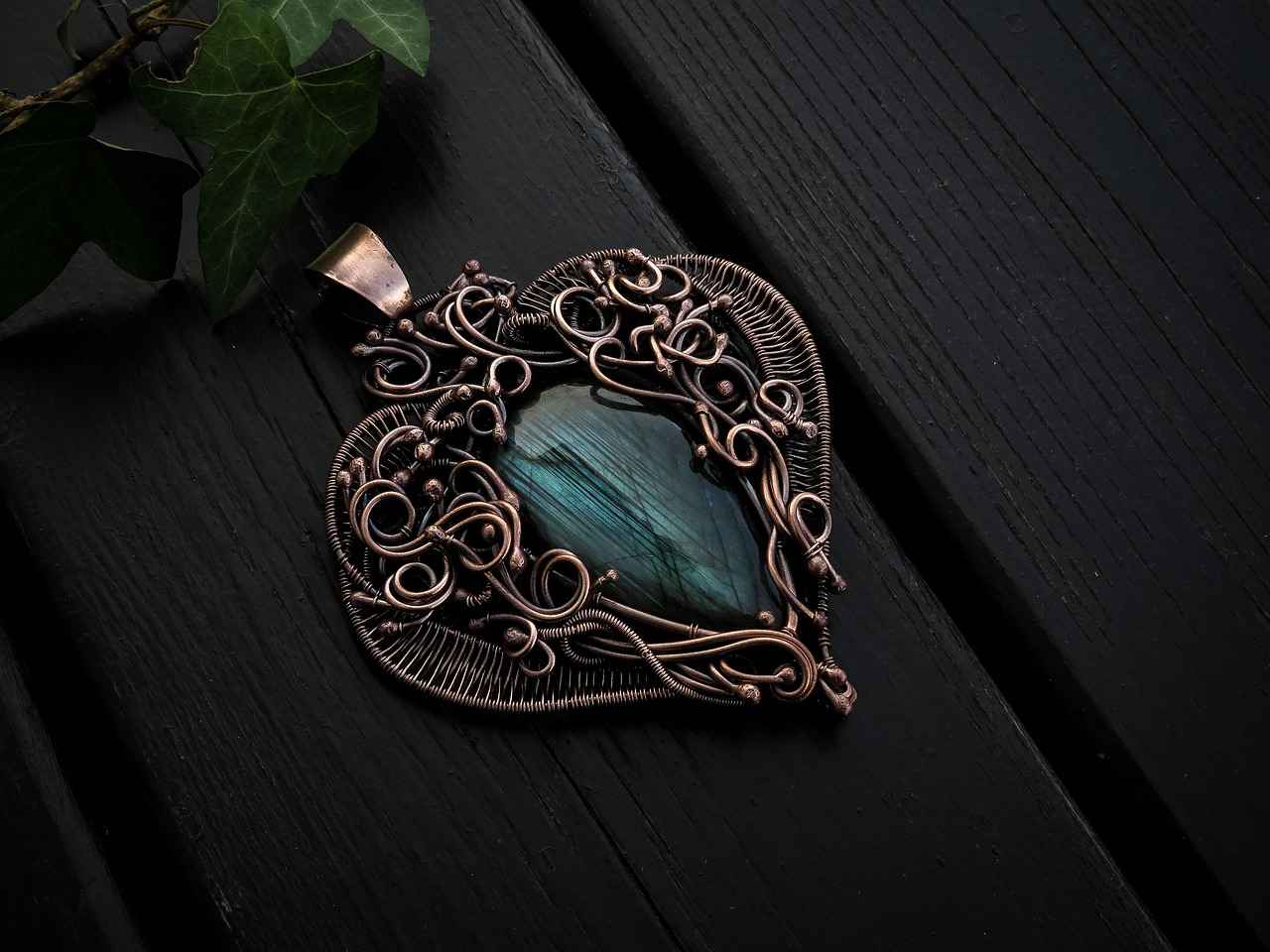
How Do Economic Crises Affect Consumer Spending on Jewelry?
The impact of economic crises on consumer behavior is profound and multifaceted, especially in the luxury sector. Jewelry, often seen as a symbol of wealth and status, tends to be significantly affected during downturns. This section aims to delve into the intricate dynamics between economic crises and consumer spending patterns in the jewelry market.
During periods of economic uncertainty, such as recessions or financial crises, consumer confidence typically wanes. This decline in confidence leads to reduced discretionary spending, as individuals prioritize essential needs over luxury items. As a result, the jewelry market often experiences a downturn, with many consumers opting to delay or forgo purchases of high-end items.
Furthermore, the luxury market is not entirely immune to these changes. While some consumers may still invest in jewelry as a form of wealth preservation, the overall demand tends to diminish. This shift can be attributed to a combination of factors, including heightened financial insecurity and a shift in consumer priorities. For instance, during economic downturns, many individuals may focus on saving or investing in more practical assets, rather than purchasing luxury goods.
| Factors Influencing Jewelry Purchases During Economic Crises | Impact on Consumer Behavior |
|---|---|
| Financial Insecurity | Leads to reduced spending on luxury items. |
| Shift in Priorities | Consumers focus on essential goods and services. |
| Investment in Practical Assets | Jewelry may be viewed as less essential compared to other investments. |
Interestingly, while overall spending on luxury items declines, certain segments within the jewelry market may experience resilience. For example, affordable luxury items, such as fashion jewelry, might see sustained or even increased demand as consumers seek to indulge in lower-cost alternatives. This shift highlights a critical aspect of consumer behavior during economic downturns: the desire for luxury remains, but the way it is expressed changes.
Additionally, the psychological impact of economic crises cannot be overlooked. During challenging times, consumers often seek comfort in tangible assets. Jewelry, particularly pieces that hold sentimental value or are seen as investments, may still attract buyers. This phenomenon underscores the complex relationship between economic conditions and consumer spending habits.
Moreover, historical trends reveal that certain types of jewelry tend to perform better during recessions. For instance, classic and timeless pieces often retain their value and appeal, as they are perceived as safe investments. On the other hand, extravagant or trend-driven items may see a more significant decline in demand.
In conclusion, economic crises profoundly influence consumer spending on jewelry, leading to a shift in purchasing behavior. While overall demand may decrease, segments of the market may adapt and thrive. Understanding these dynamics is crucial for both consumers and investors as they navigate the complexities of the jewelry market during challenging economic times.
Are Luxury Goods Recession-Proof?
The question of whether luxury goods, particularly jewelry, are recession-proof is a complex one that requires an understanding of consumer behavior, economic trends, and the intrinsic value of luxury items. During economic downturns, consumer spending typically contracts, leading to questions about the sustainability of luxury markets. However, various factors influence how jewelry retains its value and how consumer perceptions shift during such crises.
Historically, luxury items such as jewelry have been seen as a store of value. Unlike many other consumer goods, fine jewelry often appreciates over time due to its intrinsic materials like gold, diamonds, and precious gemstones. During periods of economic uncertainty, these items can act as a hedge against inflation, preserving wealth when other investments falter.
In times of financial distress, consumer priorities often change. While some may cut back on luxury purchases, others might view jewelry as a safe investment. The psychological aspect of luxury spending plays a significant role; for many, purchasing jewelry can serve as a form of emotional comfort or status symbol, even in challenging times.
Analyzing historical data shows that while overall consumer spending declines during recessions, the luxury segment does not always follow suit. For instance, during the 2008 financial crisis, high-end jewelry brands experienced a dip, but many recovered swiftly as affluent consumers returned to the market. This resilience can be attributed to the enduring appeal of luxury items and their perceived value as investments.
Not all jewelry is created equal when it comes to maintaining value. High-quality pieces from reputable brands tend to fare better than mass-produced items. Vintage and antique jewelry, for instance, often appreciates due to their rarity and craftsmanship, making them attractive options for investors looking to weather economic storms.
Luxury brands are increasingly aware of the need to adapt their strategies during economic downturns. Many are focusing on enhancing customer relationships and providing personalized experiences to retain loyal clientele. Additionally, some brands are expanding their offerings to include more accessible luxury items, allowing them to capture a broader market without diluting their brand value.
Consumer sentiment is a vital indicator of purchasing behavior. During economic downturns, even affluent consumers may become more cautious. Jewelry brands that successfully communicate value and emotional connection can maintain sales. For example, during the COVID-19 pandemic, many consumers sought meaningful purchases that reflected personal milestones, driving interest in fine jewelry.
Investors should consider diversifying their jewelry portfolios to mitigate risks associated with economic fluctuations. This could involve investing in a mix of classic pieces that hold intrinsic value and contemporary designs that appeal to current trends. Understanding market demands and consumer preferences is crucial for making informed investment decisions.
In conclusion, while luxury goods like jewelry face challenges during economic downturns, they are not entirely recession-proof. The ability of jewelry to maintain its value depends on various factors, including brand reputation, craftsmanship, and consumer sentiment. By understanding these dynamics, investors can make strategic decisions that align with market trends and consumer behavior.
Historical Trends in Jewelry Sales During Recessions
reveal critical insights for investors looking to navigate the complexities of the luxury market. By analyzing past economic downturns, one can uncover patterns that may inform future purchasing behaviors and investment strategies.
During economic recessions, consumer behavior often shifts dramatically. Understanding these shifts is essential for investors. For instance, historical data shows that while overall consumer spending may decline, the jewelry market can demonstrate resilience in specific segments. Luxury items, particularly those with intrinsic value like gold or diamond jewelry, tend to retain their appeal, albeit with variations in demand.
Research indicates that during previous recessions, such as the 2008 financial crisis, certain jewelry categories experienced a decline in sales, while others remained stable or even thrived. Investors should note that affordable luxury items and fine jewelry often see a shift in consumer preference. For example, smaller, more affordable pieces may see increased sales as consumers opt for more budget-friendly options without sacrificing quality.
Consumer sentiment plays a pivotal role in shaping jewelry sales during economic downturns. When confidence wanes, buyers may prioritize essential goods over luxury items. However, jewelry often serves as a symbol of status and emotional value, prompting consumers to purchase items for significant life events, such as engagements or anniversaries, even in tough economic times. This duality of need versus want can create unique opportunities for investors.
- Investment-grade pieces: High-quality diamonds and gemstones often retain their value.
- Gold jewelry: As a safe-haven asset, gold tends to see stable demand during economic uncertainty.
- Vintage and antique jewelry: Unique pieces can attract collectors and enthusiasts, even when new items see a decline.
Moreover, the rise of online shopping has transformed the jewelry market, allowing consumers to access a broader range of products and prices. Investors should consider the impact of digital platforms in shaping consumer behavior and sales trends during economic downturns.
By analyzing historical data, investors can identify potential trends and make informed decisions. For instance, understanding which types of jewelry performed well during past recessions can help in predicting future patterns. Investors should focus on diversification, ensuring their portfolios include a mix of high-value and more accessible pieces to mitigate risk.
In summary, understanding the historical trends in jewelry sales during recessions is crucial for investors. By examining consumer behavior, sentiment, and market dynamics, one can gain insights that not only inform current investment strategies but also prepare for future economic fluctuations. Staying attuned to these trends can enhance investment decisions and potentially lead to greater financial stability in uncertain times.
Consumer Sentiment and Jewelry Purchases
The impact of consumer sentiment on jewelry purchases during economic crises is profound and multifaceted. As economic conditions fluctuate, the psychology of spending shifts dramatically, influencing how consumers approach luxury items like jewelry. This section delves into the intricate relationship between consumer emotions and their purchasing decisions, particularly during times of financial uncertainty.
During economic downturns, consumers often experience heightened anxiety about their financial future. This uncertainty can lead to a more cautious approach to spending, particularly on non-essential items such as jewelry. The psychological effects of economic crises manifest in several ways:
- Fear of Financial Instability: Consumers may prioritize savings over luxury purchases, fearing job loss or reduced income.
- Shift in Priorities: The desire for security often overshadows the desire for luxury, leading consumers to invest in more practical goods.
- Emotional Spending: Conversely, some consumers may turn to jewelry as a form of emotional comfort, viewing it as a reward during tough times.
The perception of jewelry brands can significantly affect consumer purchases during economic crises. Established brands with a reputation for quality and durability tend to perform better than lesser-known brands. Consumers often seek reassurance in their purchases, gravitating towards brands that symbolize status and reliability. The following factors contribute to this phenomenon:
- Brand Loyalty: Established brands often retain loyal customers who may continue to purchase despite economic challenges.
- Quality Assurance: Consumers are more likely to invest in high-quality pieces that promise longevity and value retention.
- Emotional Connection: Jewelry often carries sentimental value, making consumers less likely to part with cherished items during tough times.
Jewelry brands often adapt their marketing strategies to align with changing consumer sentiments during economic downturns. This can include:
- Promotional Offers: Brands may introduce discounts or financing options to entice hesitant buyers.
- Emphasizing Value: Marketing efforts may focus on the long-term value of jewelry as an investment rather than a mere luxury.
- Community Engagement: Brands that engage with their communities and demonstrate social responsibility may foster goodwill, influencing purchasing decisions.
Not all jewelry categories are equally impacted by shifts in consumer sentiment. Certain types tend to retain their appeal even during economic downturns:
- Timeless Pieces: Classic designs often see sustained interest as they are perceived as investments rather than fleeting trends.
- Customized Jewelry: Personalized pieces can attract buyers looking for unique items that hold special meaning.
- Investment-Grade Jewelry: High-value items, such as diamond engagement rings or luxury watches, may maintain their allure as status symbols.
For investors in the jewelry market, understanding consumer sentiment is crucial. Strategies may include:
- Market Research: Keeping a pulse on consumer trends can help investors make informed decisions.
- Diversification: Investing in a range of jewelry types can mitigate risks associated with fluctuating consumer preferences.
- Emphasizing Quality: Focusing on high-quality, timeless pieces can enhance investment value over time.
In conclusion, consumer sentiment plays a critical role in shaping jewelry purchases during economic crises. By understanding the psychological aspects of spending, brands and investors can better navigate the complexities of the jewelry market, ensuring they remain resilient in the face of economic challenges.
What Types of Jewelry Are Most Resilient?
In the ever-evolving landscape of investment opportunities, jewelry stands out as a unique asset class, particularly during times of economic instability. Understanding which types of jewelry are most resilient can provide valuable insights for investors looking to safeguard their portfolios against inflation and market fluctuations.
Investing in jewelry that retains or appreciates in value can be a strategic move. The allure of jewelry goes beyond mere aesthetics; it often represents wealth and status. During economic downturns, certain pieces tend to hold their value better than others. This resilience is influenced by factors such as brand reputation, craftsmanship, and rarity.
- Fine Jewelry: Pieces made from high-quality materials such as gold, platinum, and precious gemstones often appreciate in value. Their intrinsic worth, coupled with brand prestige, makes them a reliable investment.
- Designer Jewelry: Renowned brands like Tiffany & Co. and Cartier have a loyal following. Their pieces often see a steady demand, making them a safe bet during economic fluctuations.
- Vintage and Antique Jewelry: Items with historical significance or unique craftsmanship can appreciate significantly over time. Collectors often seek these pieces, driving up their market value.
- Investment-Grade Gemstones: Certain gemstones, particularly diamonds, sapphires, and emeralds, can serve as a hedge against inflation. Their value is closely tied to market demand and rarity.
Understanding market trends is essential for identifying resilient jewelry. Economic crises often shift consumer priorities, leading to an increased interest in timeless pieces that hold sentimental and financial value. Additionally, as consumers become more discerning, they tend to favor quality over quantity, further enhancing the demand for high-end jewelry.
When considering jewelry as an investment, it’s crucial to evaluate several factors:
- Brand Reputation: Established brands often have a proven track record of maintaining value.
- Quality of Materials: The purity of metals and quality of gemstones directly impact value retention.
- Market Demand: Understanding current trends and consumer preferences can help predict future value.
- Condition and Rarity: Well-preserved pieces and those that are hard to find tend to command higher prices.
For investors looking to enter the jewelry market, consider the following strategies:
- Research Thoroughly: Stay informed about market trends and historical data related to jewelry sales.
- Seek Professional Appraisals: Engaging with certified appraisers can provide insights into the value of specific pieces.
- Diversify Your Collection: Investing in various types of jewelry can mitigate risks associated with market fluctuations.
In conclusion, identifying resilient types of jewelry is essential for making informed investment decisions. By understanding the factors that contribute to the value retention of jewelry, investors can navigate economic uncertainties with confidence.

How Does Inflation Affect Precious Metal Prices?
Inflation is a critical economic factor that influences various asset classes, especially precious metals like gold, silver, and platinum. These metals are often viewed as a hedge against inflation, meaning that as the cost of living rises, the prices of these metals tend to increase as well. This section explores the intricate relationship between inflation rates and the pricing dynamics of precious metals, providing valuable insights for investors.
As inflation escalates, the purchasing power of currency diminishes, leading investors to seek safe-haven assets. Precious metals have historically served this purpose due to their intrinsic value. When inflation rates rise, the demand for gold, silver, and platinum typically increases, resulting in higher prices. This correlation can be attributed to several factors:
- Increased Demand: During periods of high inflation, investors flock to precious metals to preserve their wealth, driving up demand and prices.
- Currency Devaluation: Inflation often leads to a decrease in the value of fiat currencies. As the value of money declines, precious metals become more attractive as a stable store of value.
- Market Sentiment: Investor confidence can wane during inflationary periods, prompting a shift towards tangible assets like precious metals.
Gold has long been regarded as the ultimate safe-haven asset. Its performance during economic uncertainty and high inflation is noteworthy. Historical data reveals that gold prices tend to surge when inflation rates rise, as investors seek to safeguard their assets. For instance, during the 1970s, a period marked by soaring inflation, gold prices skyrocketed, demonstrating its reliability as a hedge.
While gold often takes the spotlight, silver and platinum also play significant roles in the precious metals market. Silver, being more accessible, sees an increase in demand from both investors and industrial users during inflationary periods. Platinum, on the other hand, is often influenced by its industrial applications, which can also rise during inflation due to increased production costs.
Experts predict that the ongoing economic climate will continue to influence precious metal prices. With inflation showing no signs of abating, analysts suggest that gold and silver may experience significant price increases. It’s essential for investors to stay informed about market trends and expert predictions to make well-timed investment decisions.
Investing in precious metals during inflationary periods requires a strategic approach. Here are some practical insights for investors:
- Diversification: Consider diversifying your portfolio by including a mix of gold, silver, and platinum to mitigate risks associated with inflation.
- Long-Term Holding: Precious metals often appreciate over time, making them suitable for long-term investment strategies.
- Stay Informed: Regularly monitor economic indicators and expert analyses to make informed decisions regarding your investments.
In conclusion, the relationship between inflation and precious metal prices is complex yet crucial for investors. By understanding this correlation and adopting strategic investment approaches, individuals can navigate the challenges posed by inflation and economic uncertainty effectively.
The Role of Gold in Economic Uncertainty
Gold has long been regarded as a safe-haven asset, particularly during times of economic uncertainty and high inflation. Investors often turn to gold when traditional markets falter, seeking to preserve their wealth amidst financial turmoil. This section delves into the historical performance of gold during such turbulent periods, offering insights into its enduring appeal.
The perception of gold as a safe-haven asset stems from its intrinsic value and limited supply. Unlike fiat currencies, which can be printed at will, gold is a tangible asset that has been valued for centuries. During economic downturns, such as recessions or periods of hyperinflation, investors flock to gold, driving up its price. This behavior is often fueled by fear of currency devaluation and loss of purchasing power.
Historically, gold has demonstrated remarkable resilience during economic crises. For example, during the 2008 financial crisis, gold prices surged as investors sought refuge from collapsing stock markets. A study by the World Gold Council shows that gold prices increased by approximately 25% in 2008 alone. Similarly, during the COVID-19 pandemic, gold reached record highs as global uncertainty escalated.
Inflation erodes the purchasing power of currency, making gold an attractive alternative. When inflation rates rise, the demand for gold typically increases, pushing its price higher. For instance, during the 1970s, the U.S. experienced significant inflation, leading to a dramatic rise in gold prices. Investors viewed gold as a hedge against inflation, a trend that continues today.
As of 2023, analysts predict that gold will remain a strong investment choice due to ongoing geopolitical tensions and economic instability. Experts suggest that central banks worldwide are likely to continue accumulating gold as part of their reserves, further bolstering its value. Additionally, the rise of digital currencies and economic uncertainties related to them may also contribute to renewed interest in gold.
Investing in gold can be done in several ways, including:
- Physical Gold: Purchasing gold bars, coins, or jewelry.
- Gold ETFs: Investing in exchange-traded funds that track gold prices.
- Mining Stocks: Buying shares in companies that mine gold.
Each method has its advantages and risks, and investors should consider their financial goals and risk tolerance before making a decision.
During economic uncertainty, the psychological aspect of investing in gold cannot be overlooked. Many investors feel a sense of security when holding gold, as it represents a tangible asset that can be easily liquidated. This emotional connection can drive demand, further influencing market prices.
Gold’s role as a safe-haven asset during economic uncertainty remains steadfast. Its historical performance during crises, combined with its ability to hedge against inflation, makes it a compelling choice for investors looking to protect their wealth. As global economic conditions continue to evolve, gold will likely remain a crucial component of investment strategies.
Market Predictions for Precious Metals
The jewelry market has always been influenced by various economic factors, particularly the prices of precious metals. Understanding market predictions for these metals is essential for investors looking to navigate the complexities of jewelry investments. This section delves into expert insights and forecasts regarding the future of precious metal prices, helping investors make informed decisions.
Precious metals, including gold, silver, and platinum, play a significant role in determining the overall value of jewelry. As the raw materials used in many pieces, fluctuations in their prices can directly impact retail costs. Investors must stay informed about these trends to protect and grow their investments.
- Gold: Traditionally seen as a safe-haven asset, gold prices have surged during economic uncertainty. Experts predict that this trend will continue as inflation rates rise.
- Silver: Often viewed as a more volatile investment, silver prices are influenced by both industrial demand and investor sentiment. Analysts suggest that silver may see a price increase as industries rebound post-pandemic.
- Platinum: With its unique properties and applications, platinum has fluctuated in value. Predictions indicate a potential rise as the automotive industry shifts towards more sustainable technologies.
Investment analysts and economists provide various forecasts based on current market conditions. Here are some key insights:
1. **Gold Prices**: Expected to reach new highs in the next 12-24 months due to continued inflation and geopolitical tensions.2. **Silver Demand**: Anticipated growth in industrial applications may lead to a steady increase in silver prices.3. **Platinum Recovery**: As the automotive sector rebounds, platinum prices may stabilize, making it a viable investment option.
Understanding market predictions allows investors to strategize effectively. Here are some practical approaches:
- Diversification: Consider diversifying your jewelry portfolio by including pieces made from different precious metals.
- Timing Purchases: Monitor market trends and make purchases during dips in metal prices for better value.
- Long-Term Holding: Investing in high-quality pieces and holding them long-term can yield significant returns as metal prices rise.
In summary, staying informed about expert predictions regarding precious metal prices is crucial for jewelry investors. By understanding how these predictions impact market trends and consumer behavior, investors can navigate their jewelry investments more effectively. With careful planning and strategic insights, the jewelry market can offer lucrative opportunities, even amidst economic uncertainties.
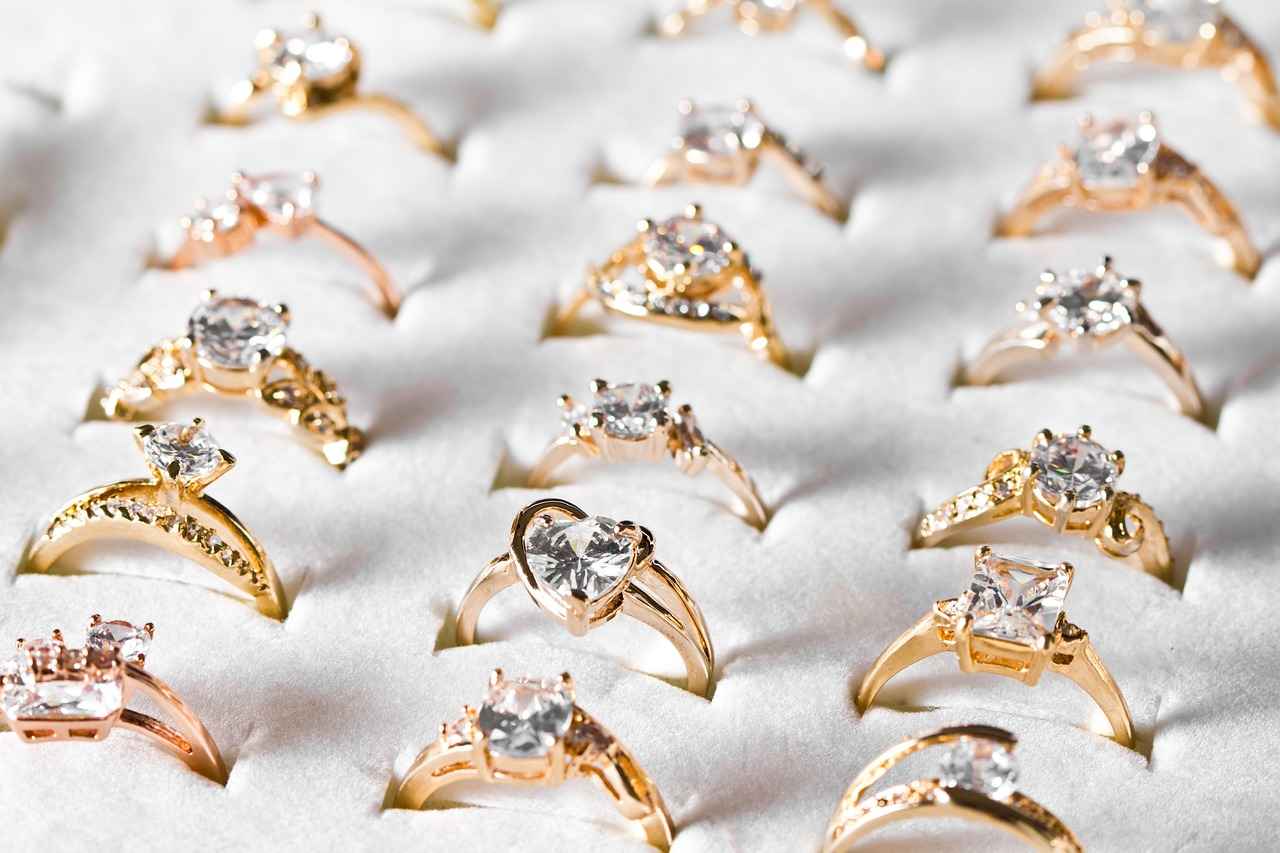
What Strategies Should Investors Consider During Economic Crises?
During times of economic uncertainty, investors must reassess their strategies to navigate the shifting landscape of the jewelry market. The need for adaptation becomes paramount as traditional investment approaches may no longer yield the desired results. This section delves into practical strategies that investors can implement to safeguard and potentially enhance their jewelry investments during economic downturns.
Diversification is a fundamental principle in investment strategy, and it is especially relevant in the jewelry sector during economic crises. By spreading investments across different types of jewelry, such as vintage pieces, contemporary designs, and various precious metals, investors can mitigate risks. For instance, while one segment may experience a decline in value, another may remain stable or even appreciate, balancing the overall portfolio.
Investors often face the dilemma of choosing between long-term and short-term strategies. Long-term investments in high-quality pieces, such as diamonds or rare gemstones, can yield significant returns over time, especially as their rarity increases. Conversely, short-term strategies may involve flipping trending jewelry items that could quickly rise in popularity. A balanced approach, where investors maintain a core collection while capitalizing on short-term opportunities, can provide both stability and growth.
Conducting thorough market research is essential for any investor, particularly during economic downturns. Understanding current trends, consumer preferences, and market demand can help investors make informed decisions. Keeping an eye on auction results, sales reports, and expert analyses can provide valuable insights into which pieces are likely to appreciate in value. Utilizing online platforms and social media to gauge consumer sentiment can also aid in identifying emerging trends.
Professional appraisals are vital for establishing the value of jewelry investments. During economic crises, having an accurate assessment can help investors make informed decisions about buying or selling. Appraisers consider various factors such as brand reputation, craftsmanship, and market demand. Regular appraisals can ensure that investors are aware of any changes in value, allowing for timely adjustments to their portfolios.
Building relationships with industry experts, such as jewelers, appraisers, and collectors, can provide investors with invaluable insights. Networking can lead to exclusive opportunities for purchasing unique pieces or accessing insider knowledge about market trends. Attending jewelry shows, exhibitions, and auctions can also facilitate connections and enhance an investor’s understanding of the market.
Understanding economic indicators is crucial for making informed investment decisions. Investors should keep track of factors such as inflation rates, consumer spending trends, and employment statistics. These indicators can provide insights into the overall economic climate and help predict how these conditions might affect the jewelry market. Subscribing to financial news outlets and following expert analyses can keep investors informed and prepared to act.
In conclusion, adapting investment strategies during economic downturns is essential for maintaining and enhancing jewelry investments. By diversifying portfolios, balancing investment strategies, conducting thorough market research, leveraging professional appraisals, networking with industry experts, and staying informed about economic indicators, investors can navigate the complexities of the jewelry market with confidence.
Diversification in Jewelry Investments
In the world of investment, diversification is a key strategy that helps mitigate risks associated with economic fluctuations and inflation. This principle applies to jewelry investments as well. By spreading investments across various types of jewelry, investors can protect themselves from market volatility and ensure a more stable portfolio.
Jewelry, much like any other asset class, can be subject to market risks. The importance of diversification lies in its ability to reduce the impact of poor performance from any single investment. When one segment of the jewelry market suffers, others may thrive, balancing the overall portfolio performance.
- Fine Jewelry: High-quality pieces made with precious metals and stones tend to hold their value well.
- Antique and Vintage Jewelry: These pieces often appreciate over time due to their rarity and historical significance.
- Fashion Jewelry: While typically less valuable, certain designer pieces can also yield returns, especially if they become trendy.
- Investment-Grade Diamonds: These diamonds are certified for quality and can be a stable investment.
Understanding economic trends is crucial for making informed investment decisions. During times of inflation, the cost of materials rises, which can lead to higher retail prices for jewelry. This means that investing in jewelry during inflationary periods can sometimes yield better returns as the intrinsic value of the pieces increases.
Consumer sentiment can drastically affect the jewelry market. In economic downturns, consumers may cut back on luxury items, impacting demand. However, certain segments, like investment-grade jewelry, may still attract buyers looking for safe havens for their wealth. Understanding these shifts can help investors tailor their strategies accordingly.
Evaluating the value of jewelry investments is essential for any investor. Factors such as brand reputation, craftsmanship, and the current market demand play significant roles in determining value. Professional appraisals can provide insights into the worth of pieces, helping investors make informed decisions.
Investors should consider several strategies to enhance their jewelry investment portfolios:
- Regularly Review Portfolio: Keeping an eye on market trends and the performance of individual pieces helps in making timely decisions.
- Stay Informed: Knowledge about economic indicators and consumer trends can guide investment choices.
- Consult Experts: Engaging with jewelers or investment advisors can provide valuable insights and help refine strategies.
In conclusion, diversifying jewelry investments is not just a protective measure but a strategic approach to navigating the complexities of economic fluctuations and inflation. By considering various types of jewelry and understanding market dynamics, investors can build a resilient portfolio that withstands the test of time.
Long-Term vs. Short-Term Investment Strategies
When it comes to jewelry investments, understanding the differences between long-term and short-term strategies is crucial, especially in times of economic volatility. Each approach has its unique advantages and can yield different results depending on market conditions, consumer behavior, and the overall economic landscape.
Investing in jewelry for the long term typically involves purchasing pieces that are expected to appreciate over time. This strategy often focuses on high-quality items such as antique or designer jewelry, which tend to retain or increase their value due to factors like rarity and brand reputation. Investors adopting this approach should consider:
- Market Trends: Long-term investors should stay informed about market trends and historical data to make educated decisions.
- Quality Over Quantity: Investing in fewer, high-quality pieces can yield better returns than accumulating lower-quality items.
- Emotional Value: Many long-term investors appreciate the emotional and aesthetic value of their jewelry, which can enhance their overall investment experience.
In contrast, short-term jewelry investment strategies focus on quick returns, often capitalizing on current trends or market fluctuations. This approach can be riskier but may offer substantial rewards if executed correctly. Key aspects of short-term strategies include:
- Market Timing: Investors need to be adept at timing their purchases and sales to maximize profits.
- Trend Awareness: Keeping an eye on fashion trends and consumer preferences can help in selecting pieces that are likely to sell quickly.
- Liquidity: Short-term investors often prioritize liquidity, ensuring that their investments can be quickly converted into cash when needed.
Economic conditions play a pivotal role in determining the effectiveness of long-term versus short-term jewelry investment strategies. In times of economic stability, long-term investments may flourish as consumers are more willing to spend on luxury items. Conversely, during economic downturns, short-term strategies may become more appealing as investors look to capitalize on lower prices or increased demand for affordable luxury.
In volatile economic climates, long-term strategies often prove to be more resilient. While short-term investments can yield quick profits, they are also subject to market fluctuations and consumer sentiment shifts. Long-term investments, on the other hand, benefit from the potential appreciation of quality pieces over time, providing a buffer against short-term market instability.
Investors should consider a hybrid approach that incorporates elements of both long-term and short-term strategies. By diversifying their portfolios, they can mitigate risks associated with economic fluctuations while still capitalizing on market opportunities. Here are some practical tips:
- Research: Conduct thorough research on both current trends and historical performance to inform investment choices.
- Networking: Build relationships with jewelers, appraisers, and other investors to gain insights and access to exclusive pieces.
- Stay Informed: Regularly monitor economic indicators and market trends that could impact jewelry investments.
Ultimately, the choice between long-term and short-term jewelry investment strategies depends on the individual investor’s goals, risk tolerance, and market understanding. By carefully evaluating these factors, investors can make informed decisions that align with their financial objectives.
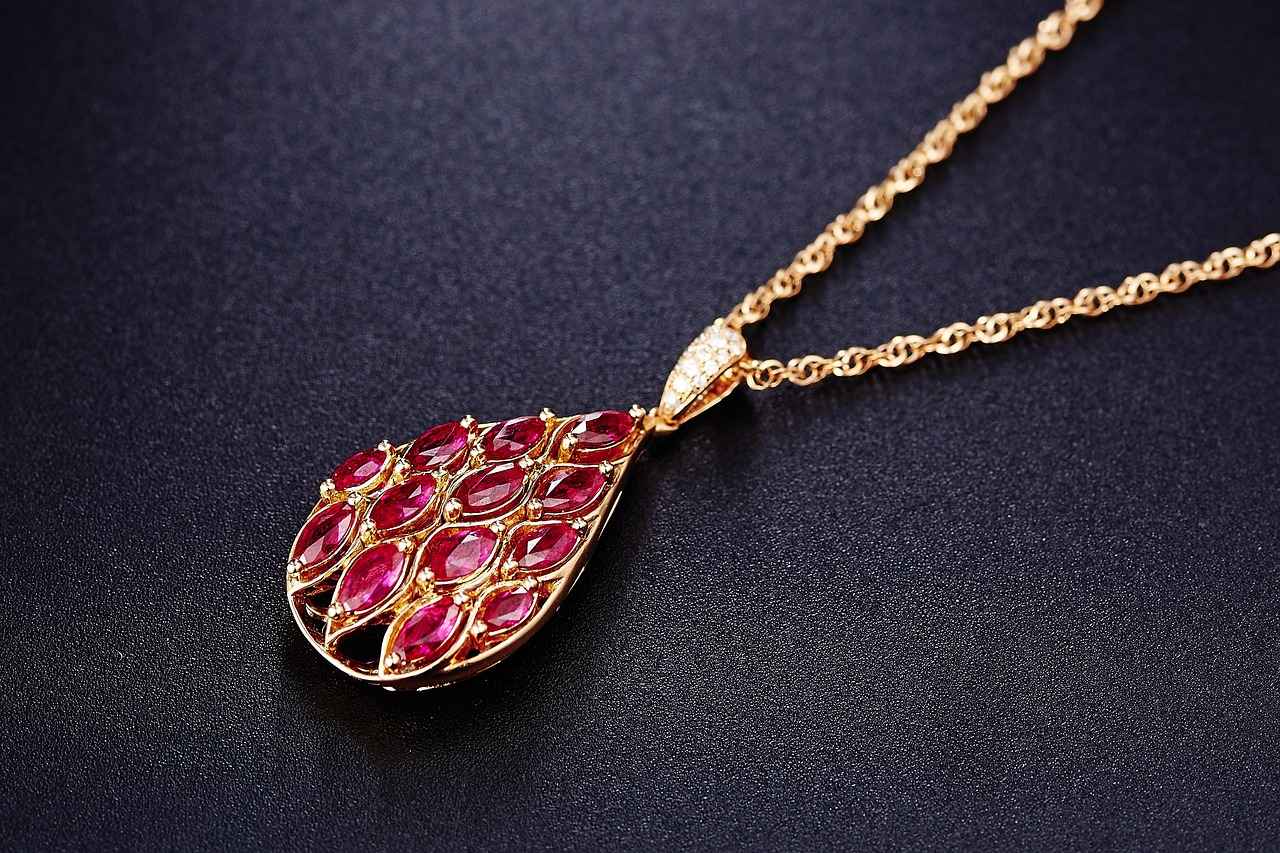
How to Assess the Value of Jewelry Investments?
Assessing the value of jewelry investments is a crucial skill for both seasoned investors and newcomers. Understanding the intricacies involved in jewelry valuation can significantly impact investment decisions and overall financial success. This section delves into the essential factors that influence jewelry valuation in the market.
Jewelry valuation is not merely a matter of intrinsic worth; it encompasses several critical elements. Here are the primary factors that investors should consider:
- Brand Reputation: The brand associated with a piece can greatly affect its value. Renowned brands often command higher prices due to their established reputation and perceived quality.
- Craftsmanship: The level of artistry and skill involved in creating the jewelry piece plays a significant role in its valuation. High-quality craftsmanship can enhance desirability and value.
- Material Quality: The type and quality of materials used, such as precious metals and gemstones, are fundamental in determining value. For instance, diamonds are graded based on the 4Cs: cut, color, clarity, and carat weight.
- Market Demand: Current trends and consumer preferences can influence the market value of jewelry. Items that are in high demand may appreciate more quickly than others.
- Provenance: The history of a piece, including previous ownership and any notable events associated with it, can add to its allure and value.
Engaging a professional appraiser is essential for obtaining an accurate valuation of jewelry. Appraisers possess the expertise and knowledge to assess all aspects of a piece, ensuring that investors receive a fair market value. Here are some reasons why professional appraisals are vital:
- Accuracy: Professionals utilize standardized methods and criteria to evaluate jewelry, providing a reliable and precise valuation.
- Documentation: An appraisal document can serve as a legal record of the jewelry’s value, which is useful for insurance purposes or resale.
- Market Insights: Appraisers often have access to market data and trends, offering insights that can guide investment decisions.
Staying updated on market trends and valuation factors is essential for making informed investment decisions. Here are some effective strategies:
- Follow Industry Reports: Regularly review industry publications and reports that analyze market trends and pricing fluctuations.
- Join Jewelry Associations: Becoming a member of professional jewelry organizations can provide valuable networking opportunities and access to educational resources.
- Attend Auctions: Observing auction results can offer insights into current market values and consumer interest in various types of jewelry.
By understanding the factors that influence jewelry valuation, investors can make more informed choices, maximizing their potential returns. Whether considering a purchase or evaluating an existing collection, knowledge is key to navigating the complex world of jewelry investments.
Factors Influencing Jewelry Valuation
The valuation of jewelry is a complex process influenced by numerous factors. Understanding these elements can help investors and consumers make informed decisions when buying or selling jewelry. This section delves into the key aspects that determine jewelry valuation, including brand reputation, craftsmanship quality, and market demand.
The brand of a jewelry piece significantly impacts its value. Established brands often command higher prices due to their reputation for quality and exclusivity. For instance, luxury brands like Tiffany & Co. or Cartier have a longstanding history of craftsmanship and prestige, which can elevate the perceived value of their pieces. Consumers are often willing to pay a premium for items associated with well-known names, making brand recognition a crucial factor in valuation.
Craftsmanship refers to the skill and artistry involved in creating a piece of jewelry. High-quality craftsmanship can significantly enhance a piece’s value. Factors such as the intricacy of the design, the quality of materials used, and the overall finish contribute to the craftsmanship assessment. For example, handmade jewelry often carries more value than mass-produced items due to the time and effort invested in its creation. Buyers are increasingly seeking unique, well-crafted pieces, which can drive up their market value.
The demand for specific types of jewelry can fluctuate based on trends, economic conditions, and consumer preferences. For instance, during times of economic prosperity, luxury items often see a surge in demand, leading to increased prices. Conversely, during economic downturns, the demand for high-end jewelry may decline, affecting its valuation. Understanding current market trends and consumer behavior can provide valuable insights into potential future valuations.
The type and quality of gemstones used in jewelry also play a crucial role in determining its value. Natural gemstones, especially those that are rare or of high quality, can significantly elevate a piece’s worth. Factors such as color, clarity, cut, and carat weight are essential in assessing a gemstone’s value. For instance, a flawless diamond will command a much higher price than one with visible inclusions. Similarly, colored gemstones like sapphires or emeralds are valued based on their saturation and rarity.
The provenance or history of a piece can greatly influence its value. Jewelry with a notable history or that has belonged to a famous individual can fetch a premium price due to its unique story. Collectors often seek pieces with a rich background, as these items not only serve as adornments but also as pieces of art and history. Documented provenance can enhance the desirability and value of a jewelry piece significantly.
- Condition: The overall condition of the jewelry, including any repairs or alterations, can affect its value.
- Market Trends: Keeping an eye on market trends can help investors understand when to buy or sell.
- Certification: Pieces that come with certification from recognized gemological institutions often carry higher value.
In conclusion, understanding the various factors influencing jewelry valuation is essential for both consumers and investors. By considering aspects such as brand, craftsmanship, market demand, gemstones, provenance, and condition, individuals can make informed decisions that reflect the true value of their jewelry investments.
Professional Appraisals and Their Importance
The jewelry market is complex and ever-changing, making it essential for investors to have a clear understanding of how to assess the value of their pieces. One of the most critical components in determining jewelry value is the role of professional appraisals. These evaluations are not just formalities; they provide invaluable insights into the true worth of jewelry, especially in fluctuating markets.
Investors often find themselves asking, “How can I ensure I am paying a fair price for jewelry?” The answer lies in obtaining a professional appraisal. Appraisers are trained experts who assess various factors, including the quality of materials, craftsmanship, and market demand. By doing so, they provide a detailed report that reflects the current market value of the piece.
- Material Quality: The type and quality of metals and gemstones play a significant role in valuation.
- Craftsmanship: The skill involved in creating the piece can greatly influence its value.
- Market Trends: Current trends in the jewelry market can affect how much a piece is worth.
- Brand Reputation: Well-known brands often command higher prices due to their reputation.
In a volatile market, the risk of overpaying for jewelry is high. Professional appraisals serve as a safeguard for investors. They help buyers understand the fair market value, ensuring that they do not make impulsive decisions based on emotional attachments or misleading information. As a result, appraisals empower investors to make informed choices, whether they are buying or selling.
Indeed, having a professional appraisal can enhance the resale value of a piece. When potential buyers see a certified appraisal, they are more likely to trust the value being presented. This transparency can facilitate quicker sales and potentially higher offers, as buyers feel more secure in their investment.
Another common question is, “How often should I get my jewelry appraised?” The answer varies based on factors such as market fluctuations and personal circumstances. Generally, it is advisable to have jewelry appraised every three to five years to account for changes in market conditions and to ensure that insurance values are up-to-date.
Finding a qualified appraiser is crucial. Investors should seek appraisers who are certified by reputable organizations, such as the American Society of Appraisers or the National Association of Jewelry Appraisers. These certifications ensure that the appraiser adheres to industry standards and practices.
In summary, professional appraisals play a vital role in determining the value of jewelry for investors. They offer a comprehensive evaluation of a piece’s worth based on various factors and protect investors from making uninformed decisions. By understanding the importance of appraisals, jewelry investors can navigate the market with confidence, ensuring they make sound investments.
Frequently Asked Questions
- How does inflation impact jewelry prices?
Inflation can lead to higher costs for raw materials, which in turn drives up retail prices for jewelry. As the cost of production rises, consumers may notice that their favorite pieces become more expensive over time.
- Do economic crises affect consumer spending on jewelry?
Absolutely! During economic downturns, many consumers tighten their budgets, leading to reduced spending on luxury items like jewelry. This change in behavior can significantly impact the jewelry market.
- Are luxury goods like jewelry recession-proof?
While luxury items often retain some value during economic downturns, they are not entirely recession-proof. Consumer perceptions shift, and many may prioritize essential purchases over luxury items when finances are tight.
- What types of jewelry are most resilient during economic instability?
Pieces with intrinsic value, such as those made from precious metals or gemstones, tend to perform better during economic instability. They often appreciate in value, making them a safer investment choice.
- How do I assess the value of my jewelry investments?
To assess the value of jewelry, consider factors like brand reputation, craftsmanship, and current market demand. Professional appraisals can also provide valuable insights into your jewelry’s worth.

